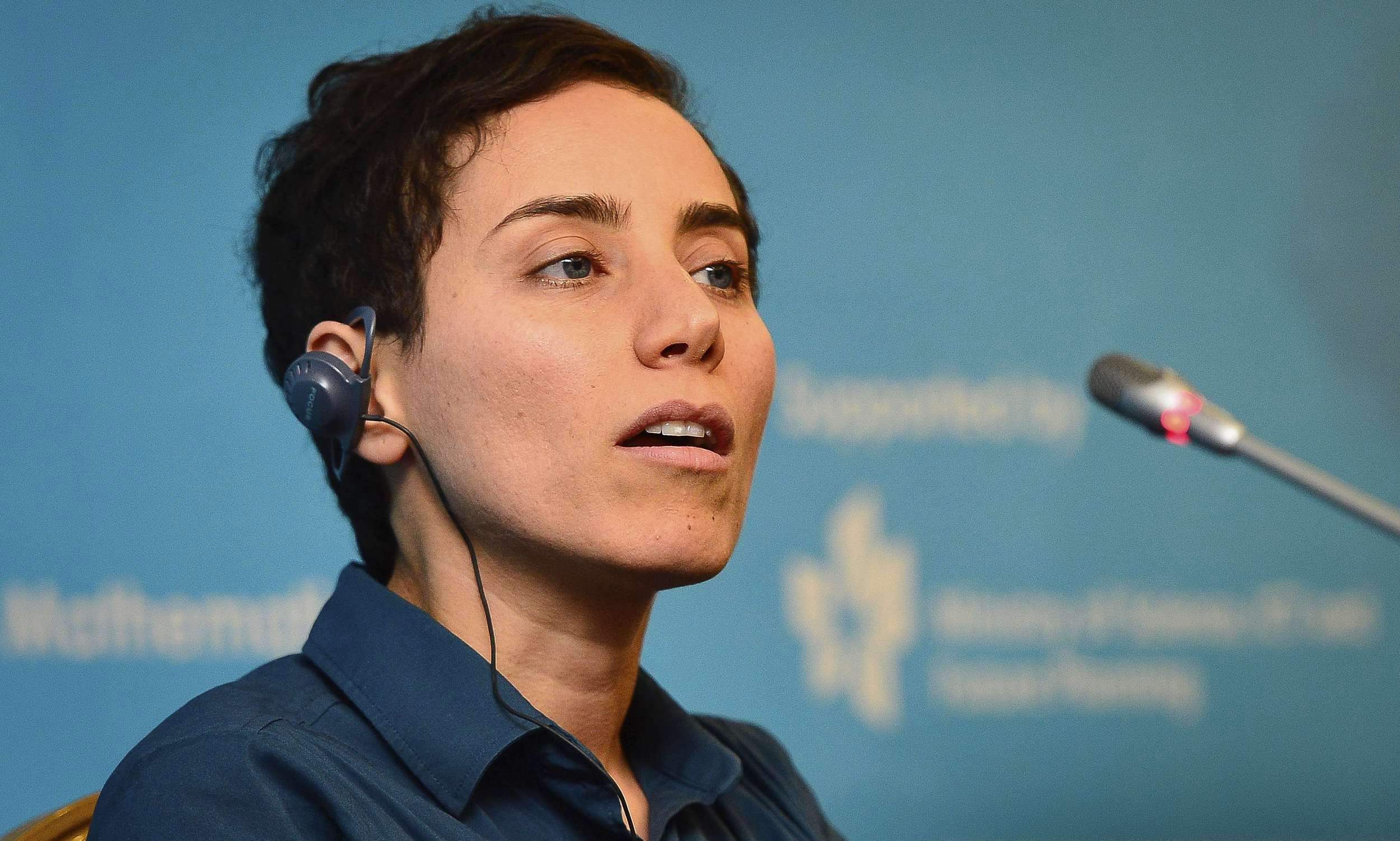
Culture & Sports
08:58, 16-Jul-2017
Fields Medal winning mathematician Maryam Mirzakhani dies at 40

Iranian mathematician Maryam Mirzakhani, the first woman to receive the prestigious Fields Medal, died at 40 on Saturday, Stanford University confirmed.
The professor came down with breast cancer which had spread to her bones.
Born in Tehran in 1977, the prominent scholar won two gold medals in the International Mathematical Olympiad as a teenager in Iran. She later pursued a PhD at Harvard in 2004, and later joined Stanford as a mathematics professor in 2008.
In 2014 she earned the Fields Medal, a Nobel Prize equivalent in mathematics to grant standouts every four years. Mirzakhani was named for her contribution in complex geometry and dynamic systems.

VCG Photo
VCG Photo
“Mirzakhani specialized in theoretical mathematics that read like a foreign language by those outside of mathematics: moduli spaces, Teichmüller theory, hyperbolic geometry, Ergodic theory and symplectic geometry,” the Stanford press announcement wrote. She was the first female to gain the prize that first established in 1936.
Mirzakhani originally wished to pursue a career in writing but then altered her passion into the mathematics science. She once depicted her work as “being lost in a jungle and trying to use all the knowledge that you can gather to come up with some new tricks, and with some luck you might find a way out”.
US-Iranian scientist Firouz Naderi mourned on Instagram, referring her death as “a light turned off”. He added another post, recognizing her death a lost to many but mostly her family: “A genius? Yes. But also a daughter, a mother and a wife.” Mirzakhani and her husband Jan Vondrak, a Czech scientist, had a daughter.
Iran’s president Hassan Rouhani mourned Mirzakhani’s death, said it caused “great sorrow”. Foreign Minister Mohammad Javad Zarif said Mirzakhani’s death was a cause for grief for all Iranians.
University of Oxford Professor Dame Frances Kirwan, member of the Fields Medal selection committee, commented at the time: “I hope that this award will inspire lots more girls and young women, in this country and around the world to believe in their own abilities and aim to be the Fields Medalists of the future.”

SITEMAP
Copyright © 2018 CGTN. Beijing ICP prepared NO.16065310-3
Copyright © 2018 CGTN. Beijing ICP prepared NO.16065310-3